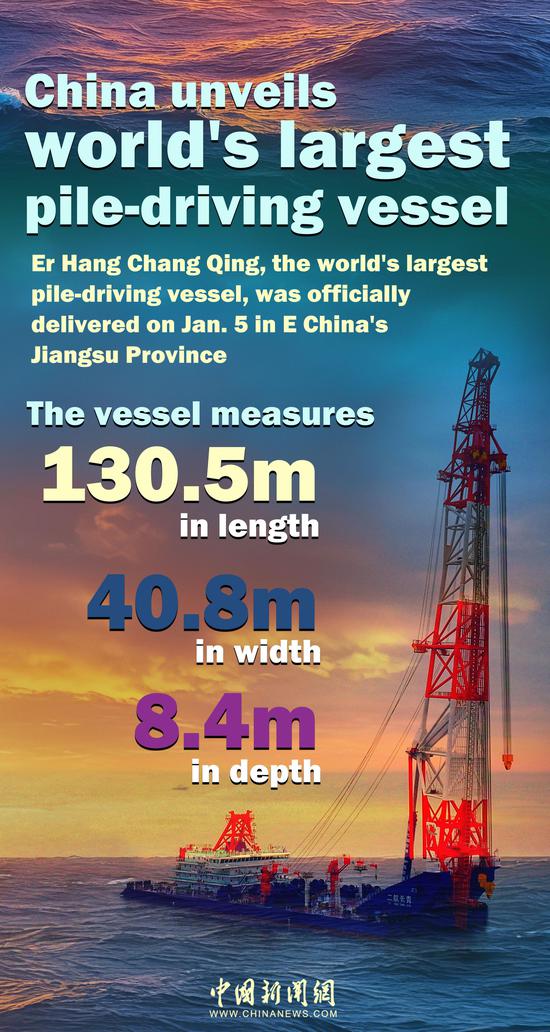The average surface temperature of China's coastal waters has reached a record high, reflecting the global trend of rising ocean temperatures, according to the National Marine Environmental Forecasting Center and a report on global ocean temperature change.
The average sea surface temperature in China's coastal waters reached 21.5 C in 2024, marking an increase for the second consecutive year. The reading is 0.15 C higher than that in 2023 and 1.16 C above the typical annual average, according to data released by the center on Friday.
Specifically, sea surface temperatures are above average by 1.51 C in the Bohai Sea and northern Yellow Sea, 1.47 C in the southern Yellow Sea, 1.04 C in the East China Sea, and 0.88 C in the South China Sea, the data showed.
Sea surface temperature is a crucial variable, because it determines the rate at which heat and moisture are transferred from the ocean to the atmosphere, thereby influencing weather patterns, Cheng Lijing, a senior researcher at the Chinese Academy of Sciences' Institute of Atmospheric Physics, told Xinhua News Agency.
Meanwhile, the global sea surface temperature in 2024 also reached a record high of 20.87 C, making it the warmest year for ocean waters in modern observational history, according to the Copernicus Climate Change Service, a climate monitoring agency of the European Union.
Ocean temperatures in regions such as the Indian Ocean, the tropical Atlantic, the North Atlantic, the Mediterranean, the North Pacific and the Southern Ocean have also reached record highs, indicating widespread ocean warming, according to a report released on Friday.
The report, led by the Institute of Atmospheric Physics of the Chinese Academy of Sciences, and collaboratively conducted by 54 scientists from 31 research institutions worldwide, was mainly on global sea temperature change in 2024.
The report said ocean warming was unevenly distributed globally, with significant regional variations.
The Atlantic Ocean and the Mediterranean Sea are warming, as is the mid-latitude Southern Ocean. The northern Pacific Ocean shows varying rates of warming, with rapid warming in some areas and slower warming in tropical regions, influenced by the La Nina/El Nino phenomena, the report added.
The National Marine Environmental Forecasting Center said that the warming of the oceans is leading to more frequent extreme weather and climate-related events, such as droughts, typhoons and floods.
In 2024, a total of 104 countries reported record high temperatures, with extensive extreme weather events such as widespread droughts, heat waves and wildfires affecting South Africa, South Asia, the Philippines, Brazil, Europe and the northeastern United States, according to the CAS-led report.
Due to the warming of the oceans, in September, multiple tropical cyclones hit the southeastern United States, and multiple super typhoons struck Hainan province in China. Other examples of extreme weather events include Spain suffering from the most severe flooding disaster in its modern history at the end of October, with rivers bursting their banks within hours, resulting in at least 223 deaths, the report said.
Moreover, ocean warming is contributing to the rise in global sea levels by one-third, increasing risks for coastal and low-lying areas, including land erosion, the report added.
Scientists warn that without actions to slow climate change, disruptions, unprecedented changes, and their associated implications, costs and damages will continue to escalate, according to Xinhua.


















































 京公网安备 11010202009201号
京公网安备 11010202009201号